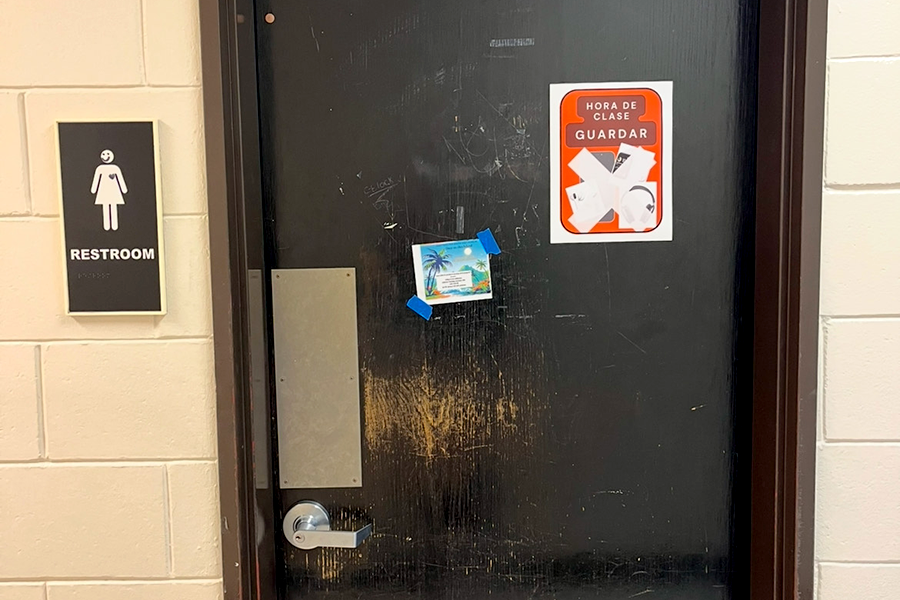Some students at South don’t have internet access at home, which can make completing assignments challenging. But South has become well equipped to support these students in making sure internet work is accomplished.
Many teachers check to see if students have internet access at the beginning of the year. Teachers often try to create their curriculum so that students are able to complete assignments in their class. They also provide guides to where students can find computers and have access to the internet.
Media Specialist Debra Snell helps students receive computers that they can use at home. The district has a program where students who receive free and reduced lunch can borrow refurbished desktop computers and use them at home. Many students and parents aren’t aware of this program and what it offers.
South’s website also provides information for students and parents about inexpensive internet service providers, free wireless hot spots, places for free computer access, where to get a free email, and places where you can purchase computers. Comcast and Qwest/Century Link, are two companies that offer students who receive free and reduced lunch a deal on internet services.
Internet use in classrooms are a large part of how teachers teach to students. Although the Minneapolis Public School district does provide many computers, iPads, and e-readers, sometimes students need to access the internet outside of the classroom. But teachers usually provide time in class and they don’t make the internet a large priority outside of school, for those who may not have access at home.
Teachers like Tanya Hodge and Elliot Hanson both use iPads as a resource for their students to use in the classroom. Hodge said that students can even bring the iPad minis home if needed.
Hodge’s class is one where internet access is a must because she uses sites like the Ning-an online social network for South’s AP Language and Composition courses. The Ning is a key site used in her class because that’s where she can post assignments and share information. “I don’t just say you have to find internet access out of class. I help them find internet access,” Hodge said.
“Teachers go out of their way to help students find ways of accessing the internet out of school,” explained Snell.
Hanson takes a different route with students who don’t have internet access. Hanson provides students with the option of either taking a print-out of the materials from the online site or they can just look up the information from the online site at home if they have internet access at home.
Internet access is a large part of today’s education system, but teachers are willing to give students other options and resources for them to learn and succeed in school. Hodge explained, “I think I would be doing them a disservice if I didn’t teach students how to find technology because its a part of our daily life.”






